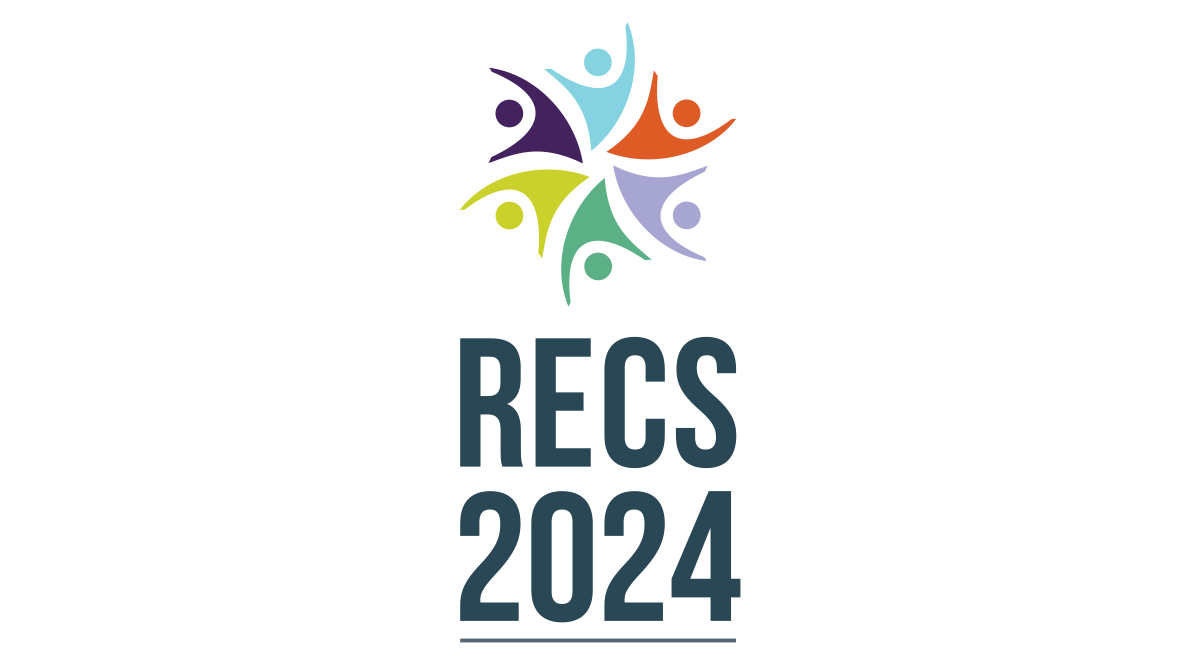It took several years after my experience with severe perinatal depression and anxiety (PMAD) in 2010–2011 to allow myself to revisit the experience, at first privately, and later publicly. I realized I needed to write about it not just to understand and process the long arc of how the illness affected my life, but to give voice to women and families that may face similar or worse circumstances with far fewer resources.
When I started taking courses in creative writing in 2015, I used my expertise as a behavioral health services and policy researcher to learn more about and highlight what we knew about the illness. I wanted to understand its prevalence and treatments, risk factors and costs, barriers to accessing care, and policy levers that could make meaningful change. Although I feared becoming discredited by revealing my illness, Mathematica enabled me to take my first step in sharing my story.
I sought opportunities to engage in research and evaluation studies and jumped at the chance when requests for proposals from multiple foundations appeared in 2018. We assembled a team to respond to an ambitious proposition—could we develop an economic model of the societal burden of not treating PMAD?
Part of me bristled at the notion. As a mother, it seemed obvious that clinicians, policymakers, patients, and advocates would demand greater awareness of and treatment for an illness with multigenerational consequences. As a behavioral health researcher, I resented having to financially justify why we should provide treatment. Would we ever receive a request to create an economic model of the societal burden of not treating diabetes or cancer?
But I knew from two decades of experience that sometimes we need to use bold economic insights to generate meaningful policy and practice change. In addition to our analyses, we assembled a 17-member expert panel to help validate our approach.
When we published our findings in 2019 on the significant toll PMAD takes on society, we received attention from a range of audiences. I blended stories on the page and at academic conferences. I shared slides, including pie charts, bar graphs, and dollar amounts. Then I showed pictures of myself with my infant son. Audiences would put down their phones and look up as the tone in the room shifted.
Meanwhile, I pursued a mid-career Master of Fine Arts degree in creative nonfiction writing.
At Mathematica, we continued to receive opportunities to extend our work. In 2020, we began two new contracts to expand the original work on PMAD and apply similar techniques to the broader burden of maternal morbidity and mortality, which disproportionately affects Black, Indigenous, and People of Color. We published a peer-reviewed paper and an editorial using our findings. Advocates and policymakers used our findings when arguing to extend postpartum Medicaid coverage from 60 days to up to one year.
I wrote personal essays and appeared on podcasts. My personal narrative, inflected with data, appeared as a Narrative Matters essay in Health Affairs. I shared policy recommendations in an associated national briefing. I completed my MFA in 2021 and signed a contract with a literary agency to help me find a publisher for my memoir of essays, which combines my experiences with evidence and data.
Personally and professionally, my creative writing and my research and evaluation findings became larger than the sum of their parts.
I recognize that not all researchers have firsthand experiences with the topics that they study, and those that do may not wish to share their personal connections publicly. But a story can enhance and complement findings to increase their impact in many ways, as other researchers at Mathematica have demonstrated.
Policymakers know this practice well. They champion causes that represent not only their values, but their lived experiences. They boil down complex findings at the population level to the story of a single individual. A story without evidence becomes an anecdote and data-free conjecture. Data without narrative leads to glazed eyes and untuned ears. To ensure greater impacts, it’s in our best interests to incorporate story and data.



